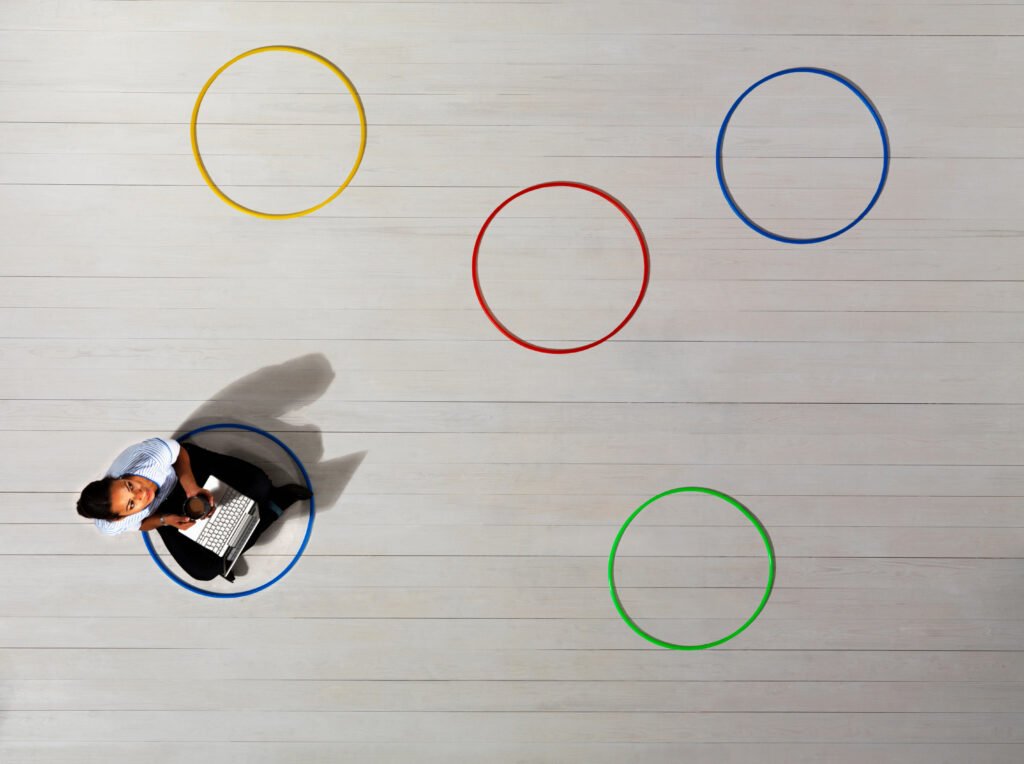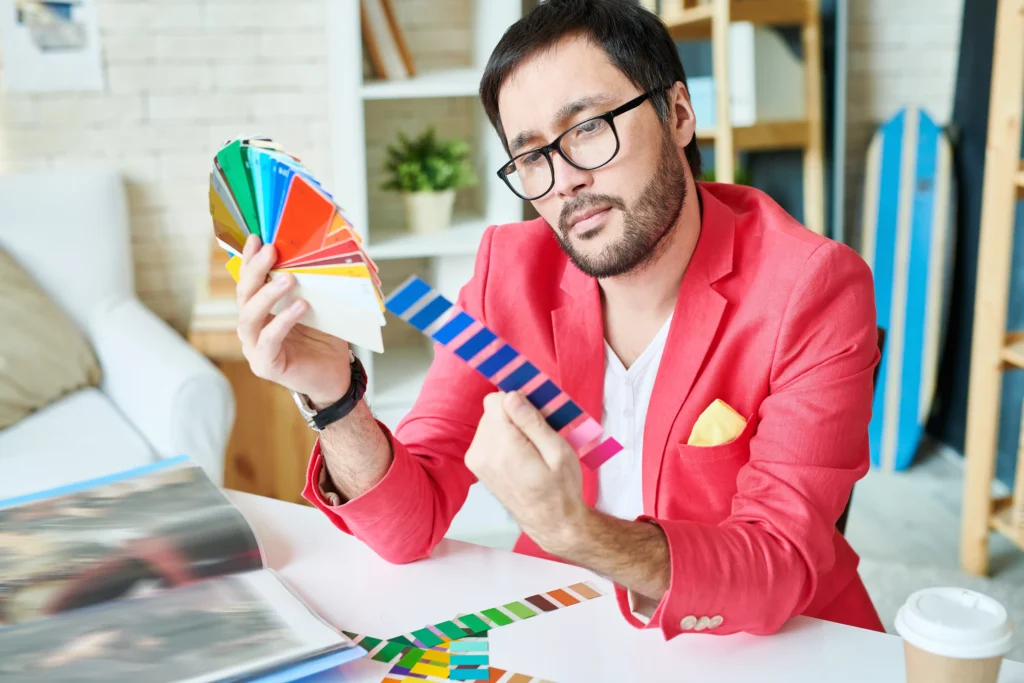Why Minimalism is the Future of Graphic Design

Minimalism has become a defining trend in graphic design, and its influence shows no signs of slowing down. Rooted in simplicity and clarity, minimalism focuses on removing unnecessary elements to create impactful and elegant designs. In a world saturated with information, this approach offers an aesthetic and functional solution for brands aiming to stand out. […]
The Ultimate Guide to Color Psychology in Graphic Design

Color plays a vital role in graphic design, influencing emotions, perceptions, and decision-making. Understanding color psychology enables designers to create visuals that effectively communicate a brand’s message and resonate with audiences. This guide explores the fundamentals of color psychology and how to apply it in graphic design. 1. What Is Color Psychology? Color psychology studies […]
How to Choose the Perfect Font for Your Brand

Your brand’s font is more than just a typeface; it’s a key component of your identity. A well-chosen font can communicate your brand’s values, tone, and professionalism, while the wrong choice can confuse your audience. This guide will help you choose the perfect font for your brand design to ensure your visuals leave a lasting […]
Top 10 Graphic Design Trends 2024: Stay Ahead in Design

The graphic design industry continues to innovate in 2024, offering trends that redefine creativity and engagement. From AI integration to 3D graphics, these trends are vital for designers aiming to stay competitive. Let’s explore the top 10 graphic design trends for 2024 and how they can transform your creative projects. 1. AI-Driven Graphic Design Artificial […]
